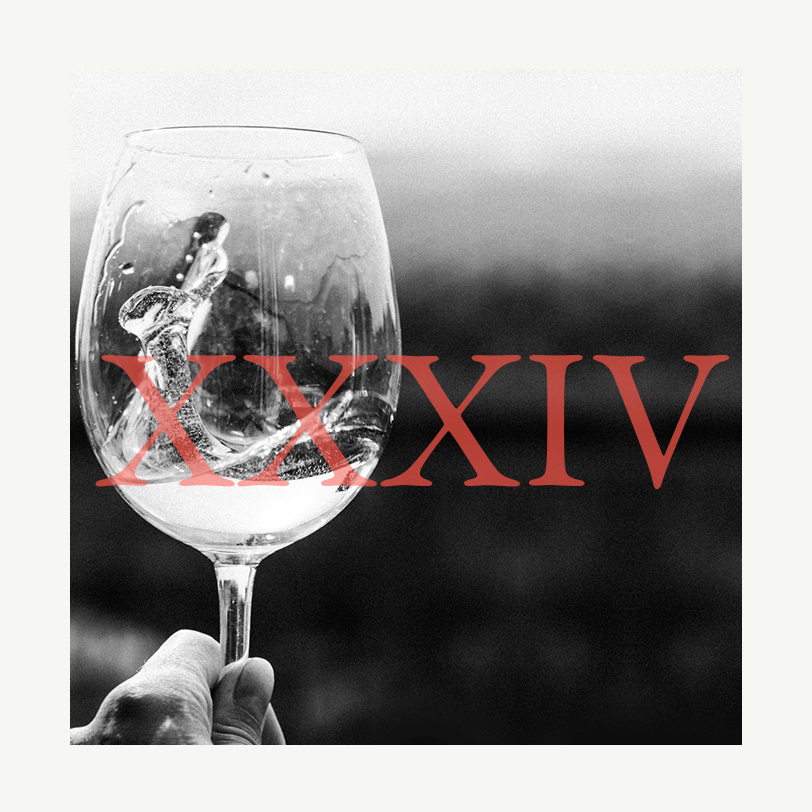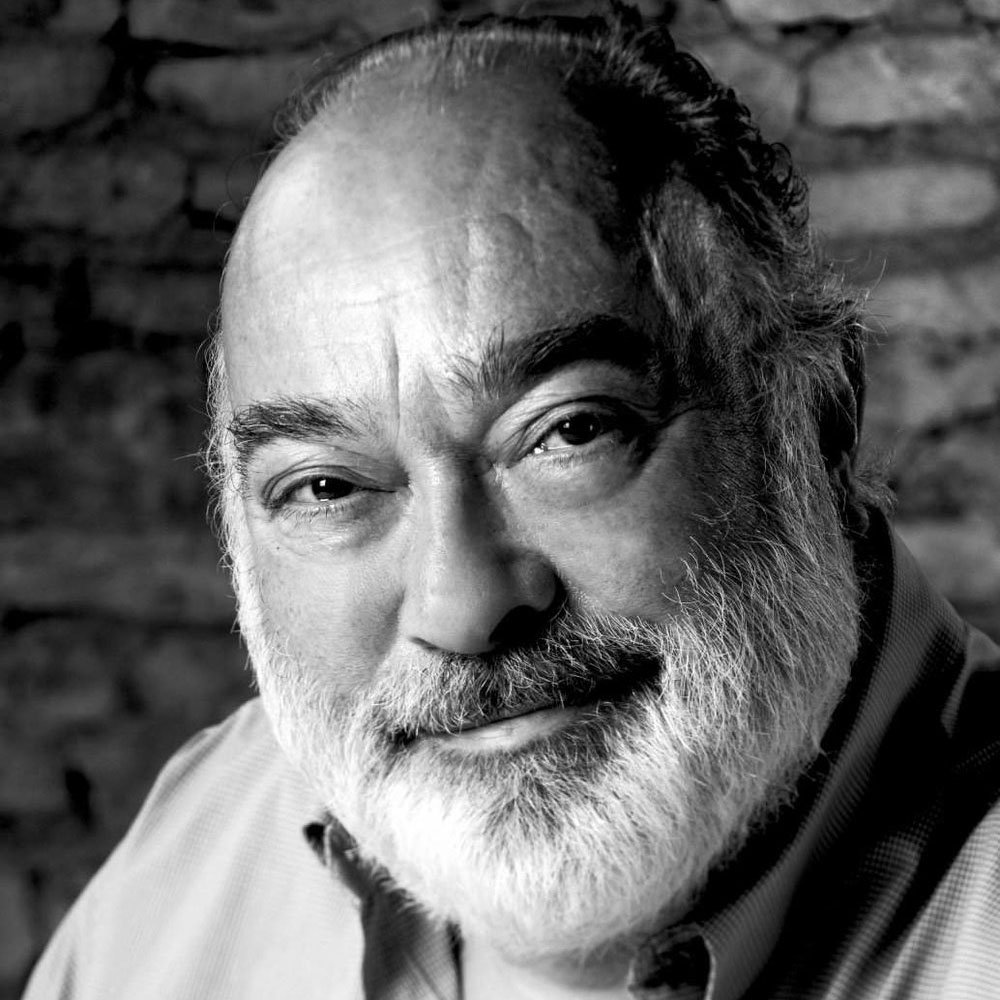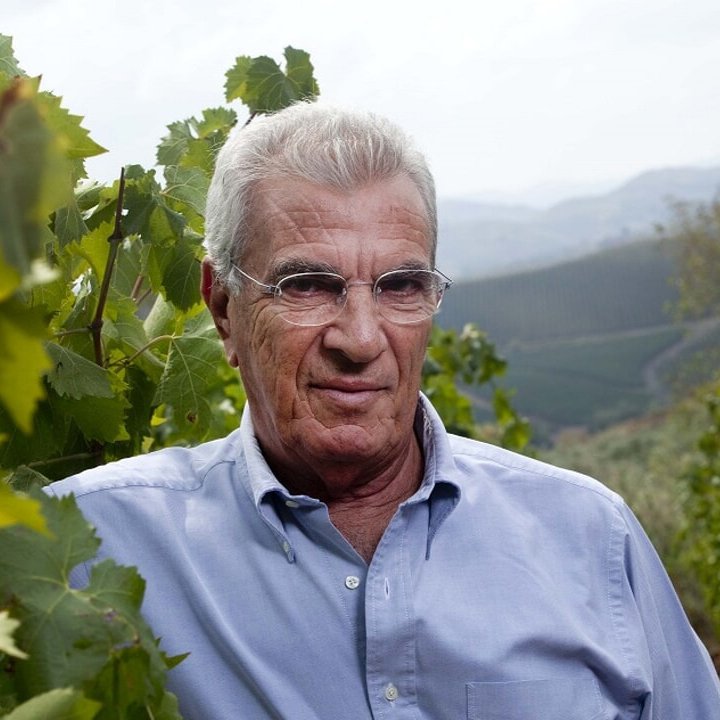▻ Omnibus XVI
Episode Sixteen
Episode Summary:-
One of the reasons the wine world is so fascinating is its unpredictability. Who would have thought that one of the couple recently arrested for being “behind the wine heist of the century” would be a 29-year-old former beauty queen from Mexico? In this month’s Omnibus edition, John Stimpfig discusses the latest developments in the £1.4 million wine heist at El Atrio, the two-Michelin-star restaurant in Caceres, Spain. After a nine-month chase across Europe, the suspects have been arrested at the border of Croatia and Montenegro; the wine, however, is still missing. The belief is that the wine, which included rare Château d’Yquem, was stolen to order, but who is the collector who ordered the heist? John also reports on more murky goings-on in Spain, with the news that six executives from Catalan Groupo Reserva de la Tierra have been accused of making up to 14 million euros a year from distributing falsely labelled bottles. It is alleged that the group passed off 40 million bottles of cheap table wine as fine wines from DOQ Priorat and DOs Terra Alta, Tarragonia, Catalunya and Monstant. What was extraordinary was that the amount bottled as Priorat was nine times higher than permitted, and in Tarragonia 25 times the authorised amount. The six are due to appear in court in the coming month.
On a more positive note, John discusses the altruistic move by Klaus Peter and Julia Keller, the producers of the highly-sought-after dry Riesling, G-Max, first reported on jancisrobinson.com. During the pandemic their US importer Stephen Bitterolf of vom Boden suggested they put together a selection of wine from gifted, young, and unknown German vintners. To his amazement, they agreed and curated a six-pack; the idea was also taken up by Howard Ripley, the specialist German importer in the UK. Both offers were hugely successful, and John hopes that this may become a movement to help young growers in other regions.
John looks back on the life of Lucio Tasca d’Almerita, who died recently at the age of 82. He was a leader of Sicily’s wine renaissance, and owner of the Regaleali estate, which was founded in 1830. He is credited with bringing the first international wine varieties to Sicily, though he also championed Sicily’s Nero d’Avola grape. Another major figure who recently passed is Clive Coates MW, the British author who was an expert on Bordeaux and Burgundy. Author of several classic books, his work gained many prestigious awards, including the André Simon award for Côte d’Or as well as a James Beard award. John’s final report is from the Ukraine, where there is some good news. The Wine Bureau has a new warehouse, replacing one destroyed by the Russians, and have started importing fine wine again. It is appropriately called Phoenix.
Over in the US, Elin McCoy reports on AXA Millésimes buying Platt Vineyard on the West Sonoma Coast. Elin sees this as a significant move as it is the company’s second purchase in California, the first being Outpost Winery in the Howell Mountain district of the Napa Valley. The Platt Vineyard is known for its exceptional cool climate terroir for Pinot Noir and Chardonnay, well-known winemakers David Ramey of Ramey Wine Cellars and Ted Lemon of Littorai have sourced grapes from there.
““Nearly 20 wineries were founded or made their first wine in 1972 in California, it was an iconic year, these were the wines which actually transformed the American wine scene.””
Still in California, Elin recounts her impressions of a tasting of some of the class of 1972. “Nearly 20 wineries were founded or made their first wine in 1972, it really was a kind of iconic year, these were the wineries which actually transformed the American wine scene,” she notes. Six of those wineries, Stag’s Leap Wine Cellars, Diamond Creek, Burgess Cellars and Chateau Montelena from Napa. and Jordan and Dry Creek from Sonoma, showed three vintages each, from three different decades. Elin describes the wines at the tasting and some of her highlights, including the 1972 Stag’s Leap Wine Cellars Cabernet Sauvignon, their first vintage (the 1973 won the famous Paris Tasting) which was all the more remarkable for being made from grapes that came from two- year-old vines. Another wine which impressed her was the Chateau Montelena 1990 Chardonnay: “absolutely gorgeous.” What struck Elin was the difference in winemaking – no night harvesting, no whole-cluster pressing for example – but despite this, she saw not a huge difference in style. To add to her 1972 experience, Elin visited Silver Oak Cellars, who make two Cabernets, one from Alexander Valley and one from Napa Valley, a revolutionary concept when they started. Another visit was to Sullivan Rutherford Estate which has been rescued from obscurity (see previous podcast episode). Elin is amused to remember that French judges declared at the Paris Tasting that the California wines would not age, which has clearly not been the case.
In a year when we have seen unprecedented droughts across the globe, the topic of dry farming could not be more relevant. Elin discusses her interview with Julia van der Vink, the vineyard manager at Harlan Estate, where they are transitioning to dry farming and carrying out a vine-by-vine analysis of its effect. In the 1970s, vineyards in California were dry-farmed; irrigation was introduced to increase yields. Some producers have never irrigated; Christian Moueix of Dominus and John Williams of Frog’s Leap Winery have been leading exponents, as they believe that dry farming leads to more complexity and concentration in the wine, as the roots of the vine have to go deeper to find water. One of the fascinating facts they have found at Harlan Estate is that the vines get tannin ripeness earlier and at lower Brix levels (the sugar level, which converts to alcohol) leading to lower-alcohol wine. The question with dry farming is, how far can you push a vine before it dies? While Elin and Sarah are enthusiastic about the research results, they reflect that the costs of dry farming means that it will only be possible for premium wines.
Staying on the subject of dry, Omnibus heads to Bordeaux, where Jane Anson talks about the wildfires which have swept through the forests near Bordeaux. Jane says that most of the vineyards will not be affected, but the concern over smoke taint is most apparent in the southern Graves and Sauternes. The CIVB has issued a statement stating that no smoke taint has been detected yet. There is no doubt, Jane notes, that this is a wake-up call, that Bordeaux, along with California and Australia, will now have to add potential wildfires to their list of issues to deal with. So, as always, at The Wine Conversation, there is plenty to talk about.
Running Order:-
-
0.00 – 13.50
“Lots of fraudulent bottles were exported to the US and China.” – John Stimpfig
– Arrest of suspects in the “wine heist of the century”, a 29-year-old Mexican former beauty queen and a Romanian/Dutch man.
– The arrest of six executives of Groupo Reserva de la Tierra who are accused of selling 22.4 million bottles falsely labelled.
– Klaus Peter and Julia Keller’s altruistic curating of unknown young German wine producers’ wine selections. -
13.51 – 21.14
“If you look at British wine writing and the authority it has, it is because of people like Clive Coates” – Sarah Kemp
– Remembering Sicilian wine producer Lucio Tasca d’Almerita.
– The legacy of Clive Coates MW.
– Ukraine’s Wine Bureau rebuilds its warehouse after Russian bombing. -
21.15 – 01.02
In the 1970s, people were not irrigating in California, they were relying on rainfall.” – Elin McCoy
– AXA Millésimes buys Platt Vineyard in Sonoma.
– The class of 1972 California wine tasting.
– How California wine ages.
– Research into dry-farming at Harlan Estate. -
01.03 – 01.09
“The risk is in the southern part of the Graves and Sauternes.” – Jane Anson
– Jane Anson talks about the effect of the wildfires in Bordeaux on the 2022 vintage.
RELATED POSTS
Keep up with our adventures in wine








This month Burgundy 2023 report, Elin McCoy’s best value Bordeaux 2022, modern slavery In vineyards, dogs detecting vine diseases and lots more.